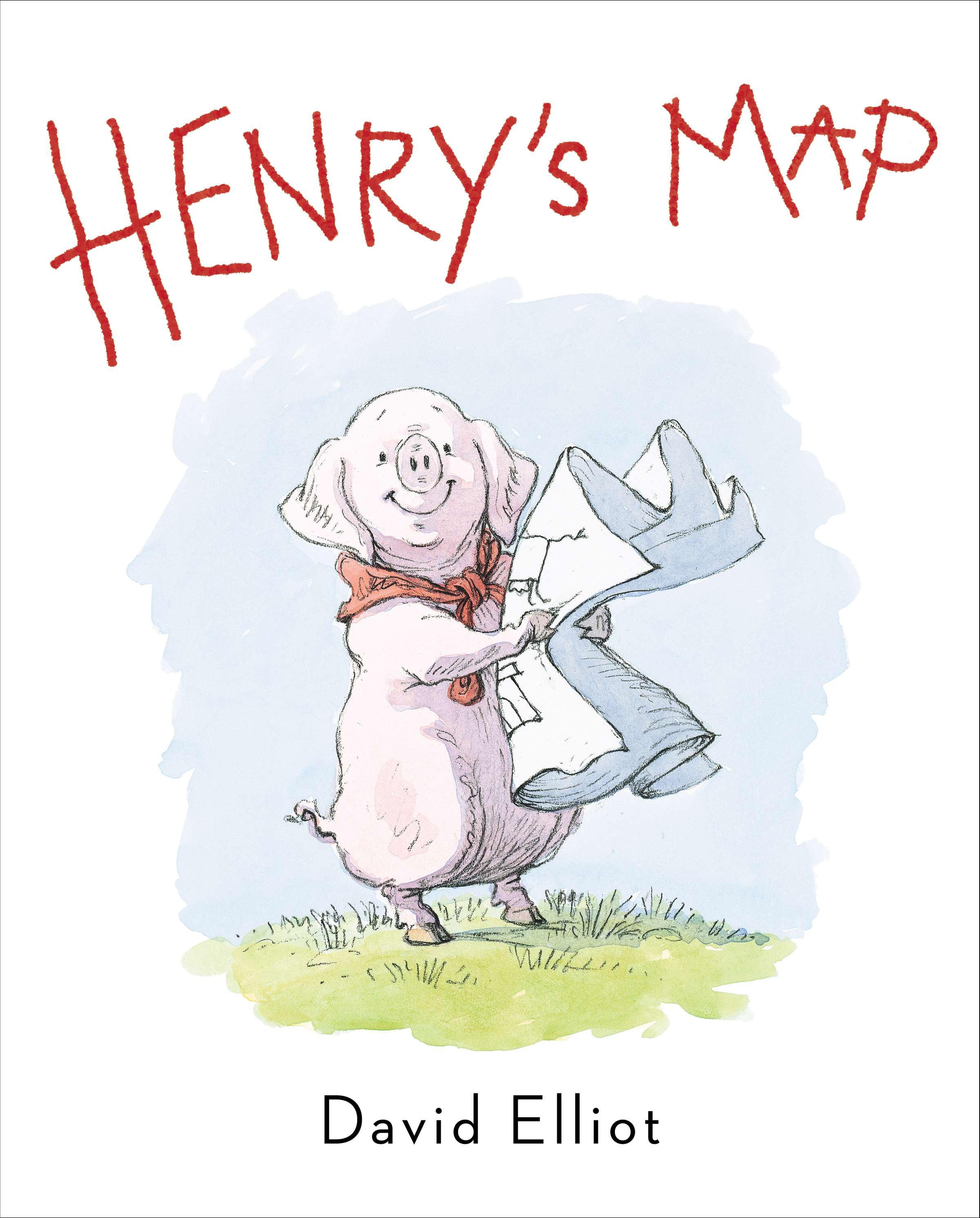In Autahi, we are keen for our students to have clear visual images to support their growing number knowledge. For this reason, our maths lessons are very practical, using plenty of physical resources such a counters and cubes.
At level 1 of our curriculum, students are counting groups of objects up to ten. To do this, they need to know the sequence of number words (one, two, three/tahi, run, toru etc.). They also need one-to-one matching. This is the understanding that each object in the group is matched with one word in the counting sequence, thus making sure that each object is counted only one time.
This is what we are practising here. In the activity, the children move each object from one side of the whiteboard to the other as they say each number. That way they know that they have counted each object only once.

At level 2 of our curriculum, we build on this knowledge as we introduce the key idea that our number system is based on groups of ten. Understanding this is vital to working meaningfully with bigger numbers into the teens, tens, hundreds and beyond.
With this is mind, we have been introducing our students to ten frames. This versatile maths resource helps to make these key understandings explicit.
So, what is a ten frame? Well, it is a small grid of two rows of squares, five squares on the top row and five squares on the bottom row. The grid can be populated with counters or other objects to make numbers to ten.
Eventually, we might use multiple ten frames together to show numbers to 100 as several groups of ten and some ones.
Here, we are practising making numbers to ten on a ten frame.

Building numbers on a ten frame benefits our counting. It provides a a visual for each number to ten, and cements the understanding that there are more counters as we count forwards through the sequence, and fewer counters as we count backwards.
Ten frames are great for developing the skill of subtilising, too: this is seeing small groups of objects and knowing how many there are without having to count (typically, up to five).
When using the ten frames, we learn to fill up the top row of the ten frame first. This enables us to see that all the squares filled makes ten and a whole row is five (without having to count!). Students also begin to explore how numbers bigger than five are 'a group of five and some more'. For example, six is a group of five and one more. It's is the same on our fingers, too.
This is the beginning of the 'part-whole' thinking that builds into our students being able to add and subtract numbers to make ten (knowing that a number can be composed to two smaller numbers added together).
Ten frames are just so handy. This is why we are celebrating them at our assembly this week.
We will be displaying our beautiful ten frames in class and using them as a resource for many different learning activities in the future. Drop by and take a look!


















